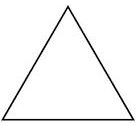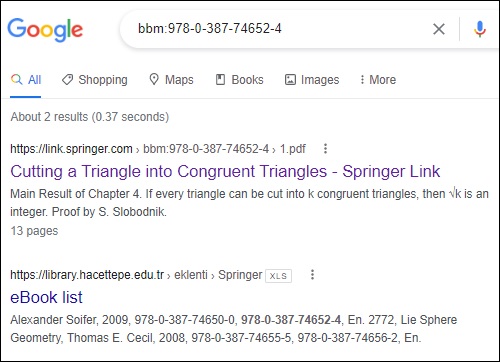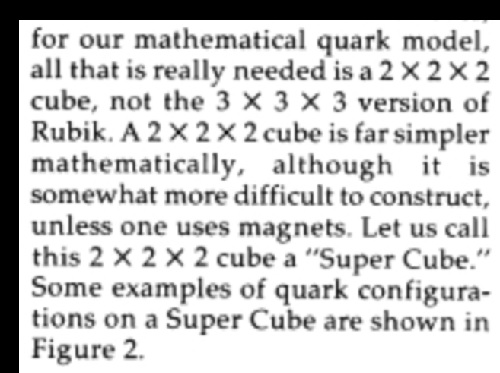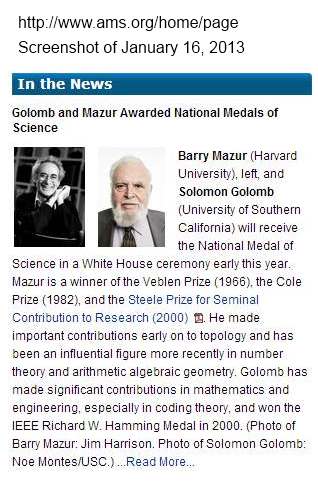"Rep-tiles Revisited," by Viorel Nitica, in MASS Selecta: Teaching and Learning Advanced Undergraduate Mathematics , American Mathematical Society, 2003—
"The goal of this note is to take a new look at some of the most amazing objects discovered in recreational mathematics. These objects, having the curious property of making larger copies of themselves, were introduced in 1962 by Solomon W. Golomb [2], and soon afterwards were popularized by Martin Gardner [3] in Scientific American…."
2. S. W. Golomb: "Replicating Figures in the Plane," Mathematical Gazette 48, 1964, 403-412
3. M. Gardner: "On 'Rep-tiles,' Polygons That Can Make Larger and Smaller Copies of Themselves," Scientific American 208, 1963, 154-157
Two such "amazing objects"—
|

Triangle
|

Square
|
For a different approach to the replicating properties of these objects, see the square-triangle theorem.
For related earlier material citing Golomb, see Not Quite Obvious (July 8, 2012; scroll down to see the update of July 15.).
Golomb's 1964 Gazette article may now be purchased at JSTOR for $14.


















































